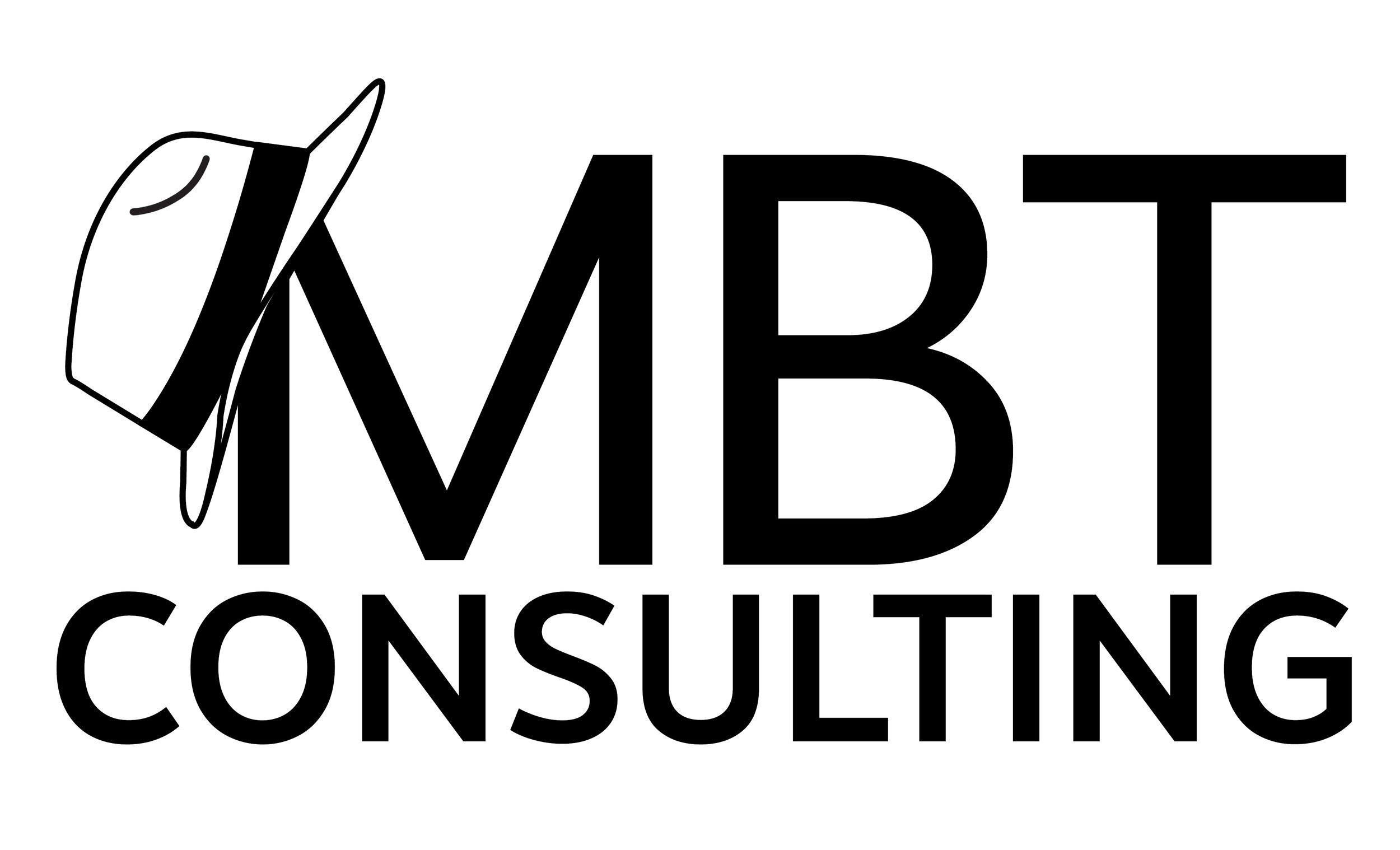Giving AI Writing a Fair Shake
Turn any corner today and you’ll bump into artificial intelligence. It’s seeking patterns in immense databases, drawing pretty girls on sun-dappled beaches, coding computer programs and composing music.
These technologies represent huge advances. Images of people walking with monsters are most convincing, whether done as photographs, Disney sketches or noir film. Imaginations can run wild, allowing one to incorporate outrageous amounts of nudity, gore and fantasy of every kind.
Low-budget film makers are celebrating the expanded opportunities AI brings them, ensuring their stories are told with minimal impact to their credit cards. Meanwhile, professional illustrators, writers and photographers object to AI-generated content, as it mostly steals from existing materials…like this article.
Regular readers know I help authors write and publish books. I have a client whose budget only allows AI-generated illustrations for a graphic novel he’s producing.
Torn between servicing the client and the potential threat this technology presents to all creative types, I was forced to take a harder look at artificial intelligence-related “creativity.”
Using a novel I’ve been writing since 1994, I determined AI can be helpful for developing concepts and finding grammatical errors. Phrases were sometimes completed before they’d fully formed in my head.
This was very useful for doing brain dumps. But expecting the computer to turn ideas into finished copy was useless.
Despite repeated attempts working with different programs, AI fell short when writing original content. It would generate four paragraphs, spitting out intriguing story lines or titillating illustrations…only to start repeating itself.
Guiding content in new directions provided by the AI itself arguably worked for another paragraph or two, but quickly became tediously redundant.
My conclusion: Computers are incapable of providing anything original. They lack experience, legitimate historical perspective and the creativity that allows human minds to twist and turn on a dime.
Meaning you’d better have your own creative resources nearby, because ChatGPT and the others aren’t able to provide them for you.
AI’s inadequacies explain why people can conceive imagery of mainframe computers urinating on a hydrant, but the computers can’t turn that concept into real artwork.
AI fulfilling its promise will undoubtedly arrive eventually. But for now, anyone seeking original results should be talking with flesh-and-blood creatives. Otherwise, you risk automated outcomes that are guaranteed to fall short of expectations.
With that said, I wish you a week of profitable marketing.
www.writeawaybooks.com. Always authentic writing.



